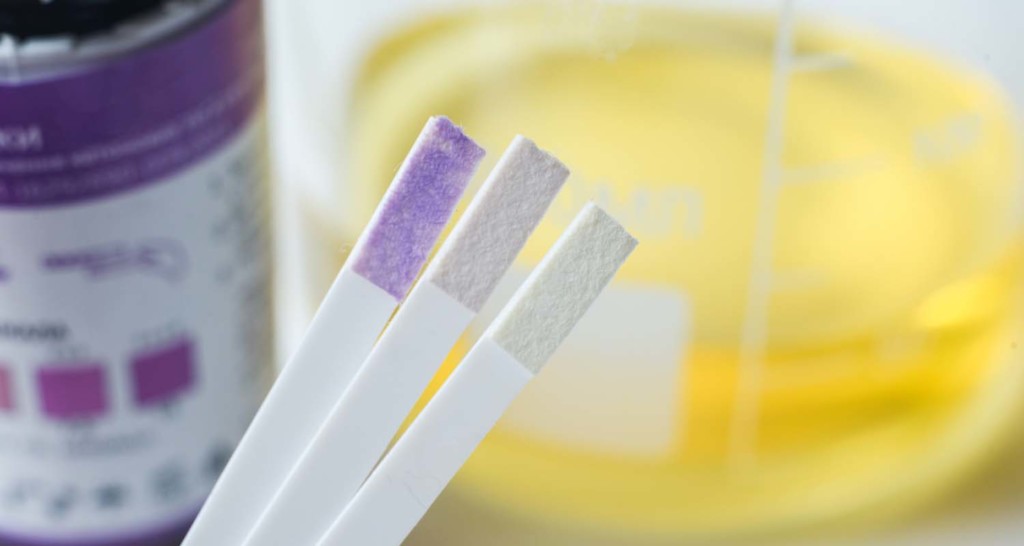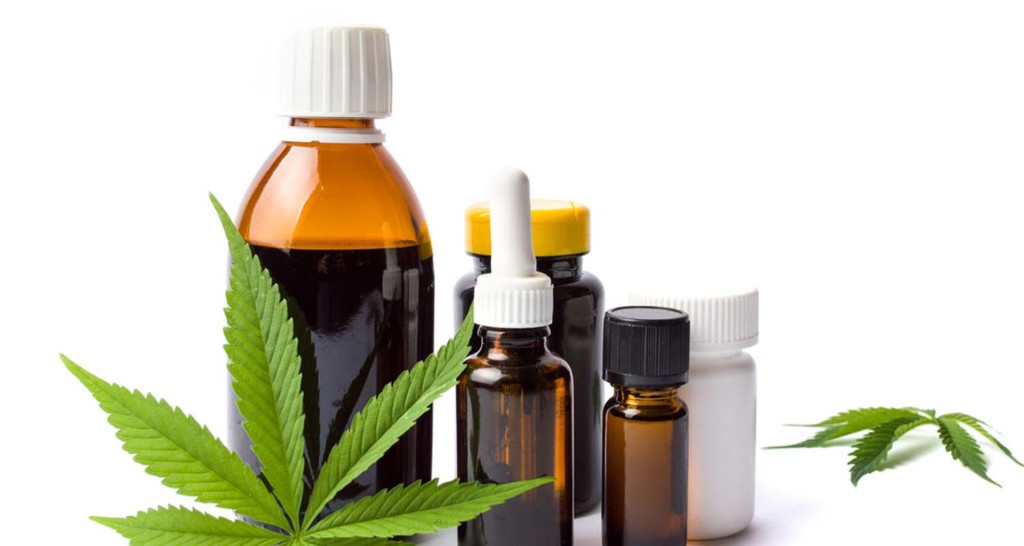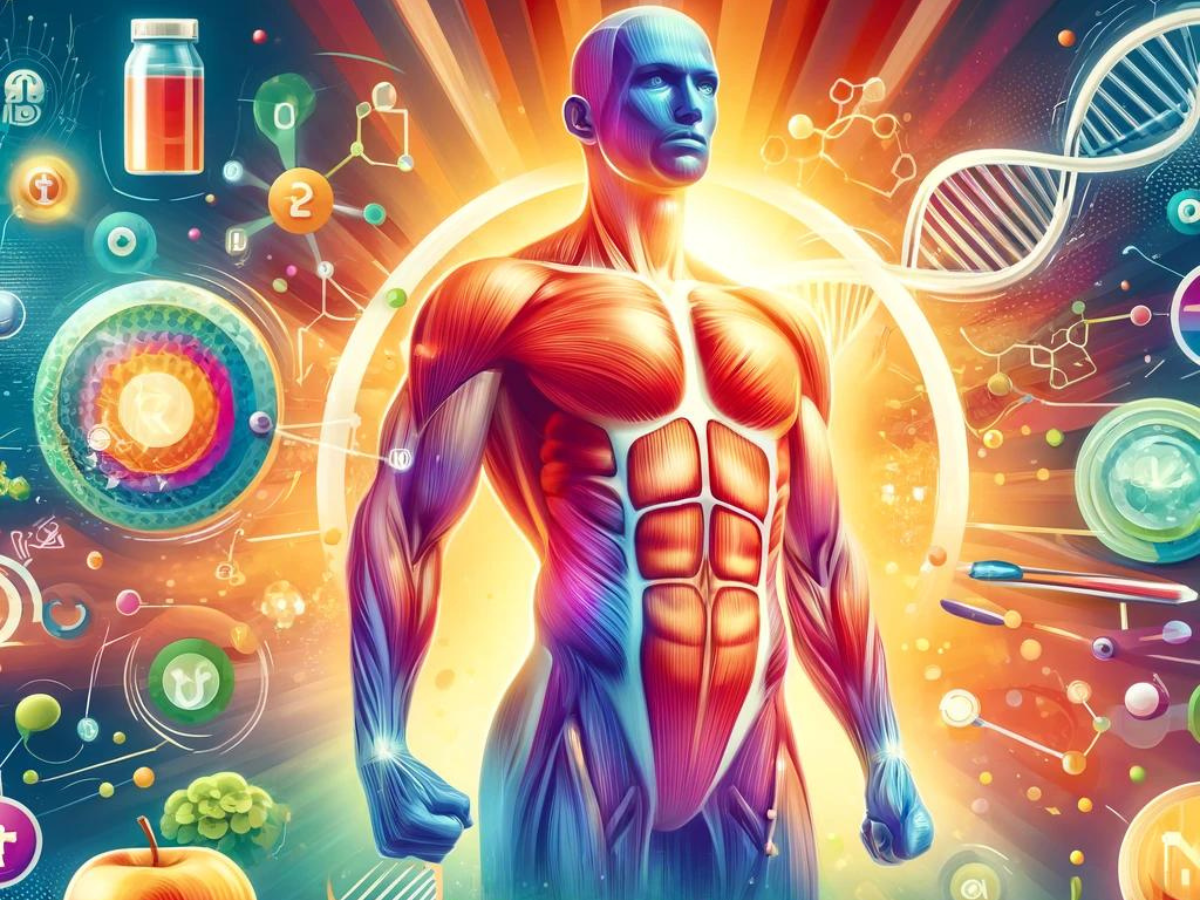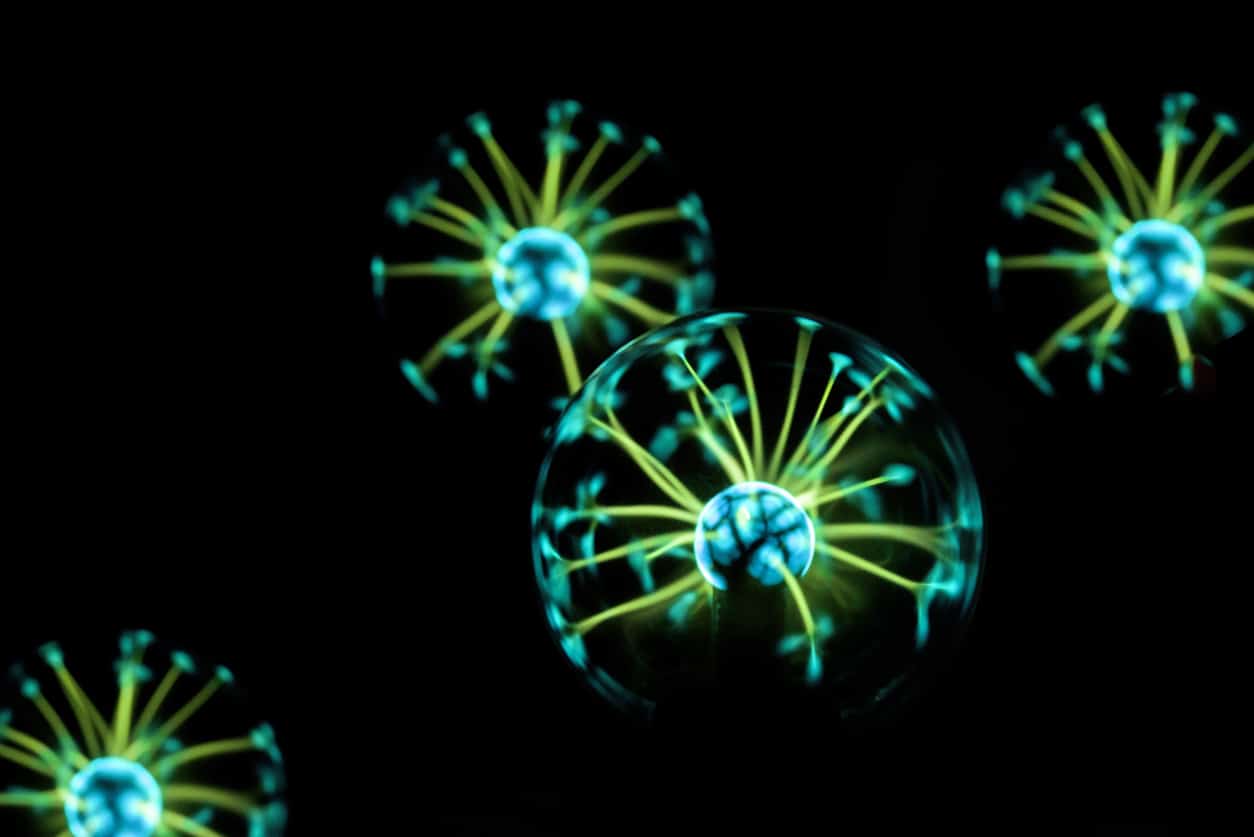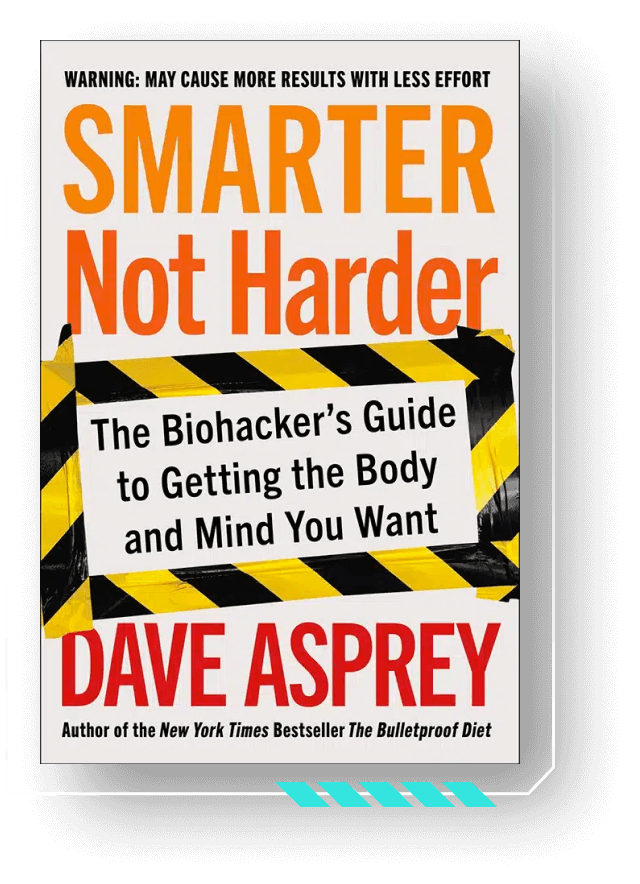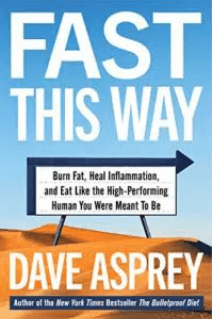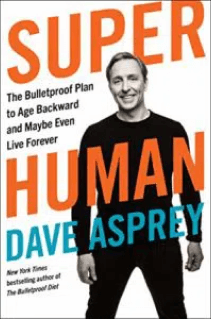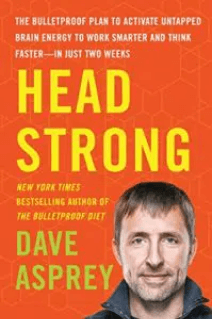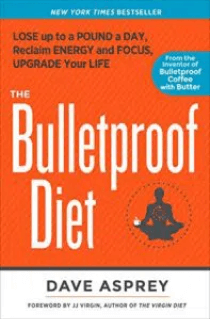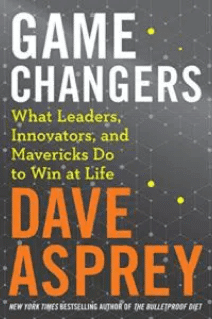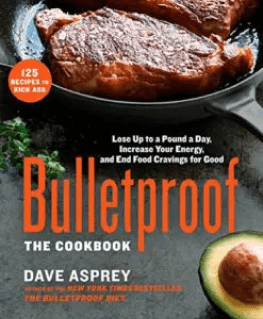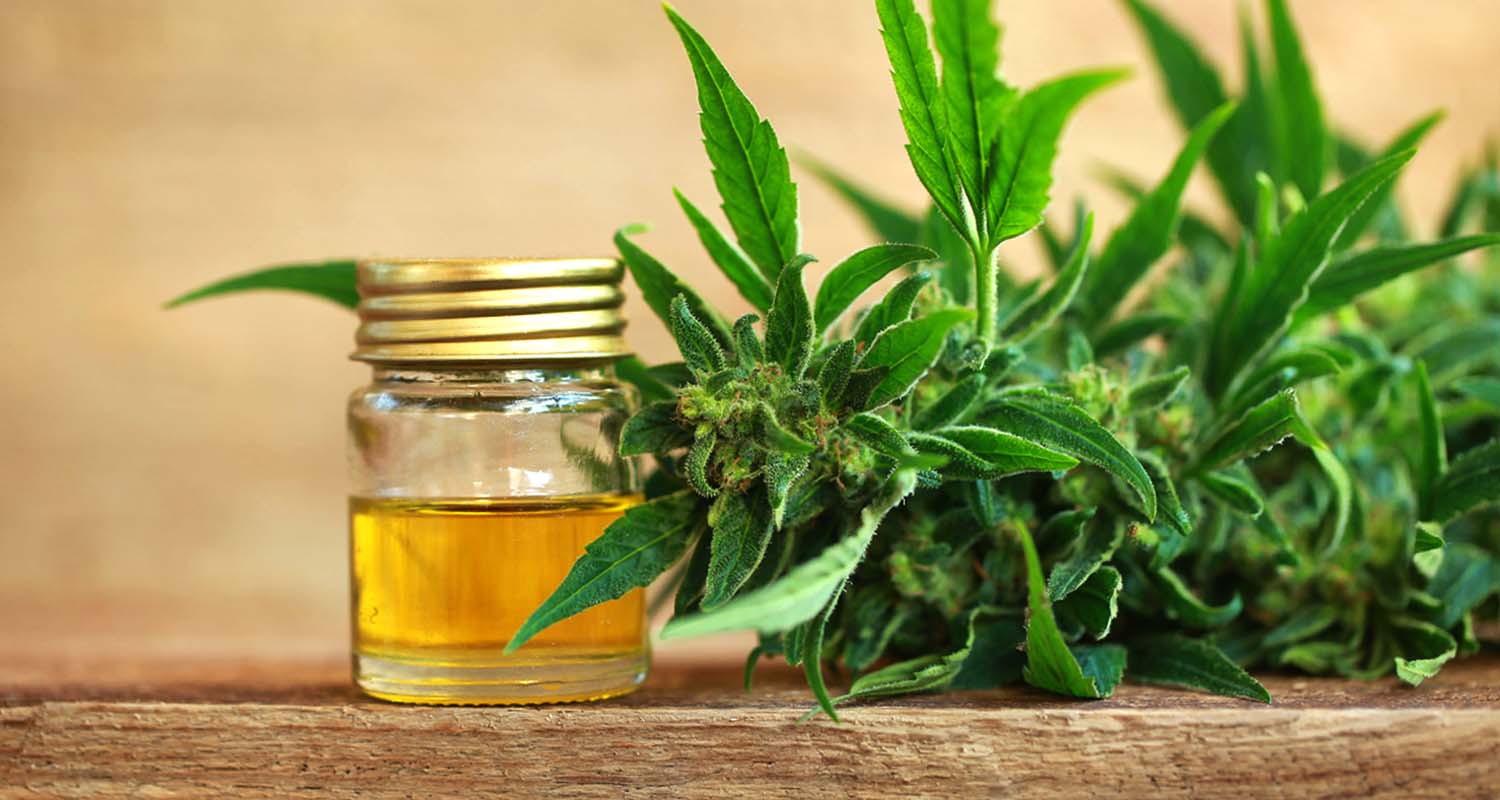
[tldr]
- THC and CBD oil have the same basic molecular structure, with subtle differences in the arrangement of atoms that makes the difference between getting high and not.
- Research is emerging and more comprehensive studies are needed, but science is getting there. The science behind CBD shows effectiveness for pain, cancer, neurodegenerative diseases, autoimmune conditions and more.
- CBD generally shouldn’t show up on drug tests, but sometimes it does if you’re taking high doses every day.
- There are several extraction methods that affect quality, and you can take CBD by ingestion, inhalation, sublingually, or transdermally.
- Some say it’s legal in all 50 states, but since it’s a new kid on the supplements block, it’s a big gray area that’s not well understood
[/tldr]
Cannabidiol, or CBD, is one of the two most abundant cannabinoid chemicals found in the cannabis (marijuana) plant.[ref url=”http://www.ncbi.nlm.nih.gov/pmc/articles/PMC2866040/”] Whether in oil, vapor, candy, or coffee, CBD is growing in popularity for its effects on pain, chronic illness, inflammation, cancer, brain disorders, and so much more.
The other well-known chemical in cannabis is tetrahydrocannabinol, or THC. The main differences between the two, coming up. Read on to find out all about CBD, how it’s made, how to take it, the legal stuff, and more.
What is CBD? Cannabis vs. THC vs. CBD
THC and CBD have the same basic molecular structure, with subtle differences in the arrangement of atoms that makes the difference between getting high and not. If you’re after the whole mind-altering route, this is the article you’re looking for.
Your body has an endocannabinoid system, which in short means that it has receptors for cannabinoid compounds like CBD and THC. CBD and THC both interact with the body through the endocannabinoid system, a biological communication system that regulates a wide array of functions, like:
- Pain
- Appetite
- Mood
- Memory
- Immune response
- Sleep
CBD and THC have chemical structures similar to the body’s own endocannabinoids, which allows them to interact with the endocannabinoid system’s cannabinoid receptors. You can read more about how the endocannabinoid system works here.
The main difference between CBD and THC? THC causes euphoria and other mind-altering effects, CBD doesn’t. Not even a little bit. Also, THC is in high quantities in marijuana, and CBD is abundant in hemp.
So, CBD and pot aren’t the same thing, unless you’re a politician. More on that in a minute.
What does CBD do? CBD oil benefits
Since all cannabinoids are Schedule I drugs in the US and Schedule II in Canada, you have to jump through a bunch of hoops and red tape to get your hands on it for research.
Research is emerging and more comprehensive studies are needed, but science is getting there. Here’s just a smattering of the things scientists were able to demonstrate that CBD does:
- Measurably relieved chronic pain in combination with THC[ref url=”http://www.jpsmjournal.com/article/S0885-3924(09)00787-8/abstract”][ref url=”https://onlinelibrary.wiley.com/doi/full/10.1002/j.1532-2149.2013.00445.x”][ref url=”https://onlinelibrary.wiley.com/doi/full/10.1002/j.1532-2149.2013.00445.x”]
- Triggered breast cancer cell death[ref url=”http://mct.aacrjournals.org/content/10/7/1161.short”] and down-regulated the gene that makes certain aggressive strains of breast cancer proliferate[ref url=”http://mct.aacrjournals.org/content/6/11/2921.short”]
- Inhibited lung cancer invasion and metastasis (spread)[ref url=”https://www.fasebj.org/doi/abs/10.1096/fj.11-198184″]
- Significantly reduced multiple sclerosis symptoms in patients in a randomized, placebo-controlled study[ref url=”http://journals.sagepub.com/doi/abs/10.1191/1352458504ms1082oa”] and a larger series of multi-center randomized placebo-controlled trials[ref url=”https://www.sciencedirect.com/science/article/pii/S0140673603147381″]
- In larger doses (160mg), it helped participants you sleep — even in people who typically suffer from insomnia.[ref url=”http://www.ncbi.nlm.nih.gov/pubmed/7028792″]
- Higher doses decreased anxiety during public speaking.[ref url=”http://www.nature.com/npp/journal/v36/n6/full/npp20116a.html”]
- Increased alertness in small doses (15 mg) in humans and rats.[ref url=”http://www.ncbi.nlm.nih.gov/pubmed/15118485″][ref url=”https://www.researchgate.net/profile/Eric_Murillo-Rodriguez/publication/23558918_The_nonpsychoactive_Cannabis_constituent_cannabidiol_is_a_wake-inducing_agent/links/54579f650cf2bccc49111122.pdf”]
- Prevents seizures.[ref url=”http://www.ncbi.nlm.nih.gov/pubmed/7028792″][ref url=”http://www.druglibrary.org/crl/movement/Cunha%20et.al%2080%20Epilepsy_%20Pharmacol.pdf”][ref url=”http://www.ncbi.nlm.nih.gov/pmc/articles/PMC4157067/”]
- Decreased social anxiety by regulating the amygdala, a part of your brain that controls fear.[ref url=”https://www.researchgate.net/profile/Fabio_Duran/publication/46191395_Neural_basis_of_anxiolytic_effects_of_cannabidiol_%28CBD%29_in_generalized_social_anxiety_disorder_a_preliminary_report/links/00b7d51e96c6f20ffe000000.pdf”]
- Substantially improved symptoms of schizophrenia.[ref url=”http://www.europsy-journal.com/article/S0924-9338(09)70440-7/abstract http://www.scielo.br/scielo.php?script=sci_arttext&pid=S1516-44462010000100011&lng=en&nrm=iso&tlng=en”]
- Showed antioxidant activity. A test tube study showed that CBD protected neurons from inflammation and oxidative stress better than both vitamin C and vitamin E,[ref url=”http://www.google.ca/patents/US6630507″] and it prevented oxidative damage to DNA associated with colon cancer.[ref url=”https://link.springer.com/article/10.1007/s00109-011-0856-x”]
- Showed potential as a neuroprotective. CBD decreased brain damage after stroke in rats.[ref url=”https://link.springer.com/article/10.1007/s00109-011-0856-x”]
There’s more — anxiety, neurodegenerative diseases, autoimmune conditions — CBD is worth a look in any disease process that’s rooted in inflammation (which is most of them).
CBD oil side effects
CBD is generally well tolerated.[ref url=”http://www.ingentaconnect.com/content/ben/cds/2011/00000006/00000004/art00005″] Some people report that it makes them sleepy or drops blood pressure. Since there are cannabinoid receptors in the skin, you might notice dry skin after using CBD. But a thorough review showed that CBD does not effect:
- Sensory perception
- Alertness, awareness
- Consciousness
- Behavior
- Inhibitions
- Food intake
- Heart rate
- Blood pressure
The review found that extremely high chronic daily doses affected the liver metabolism and some fertility measures, but you need a lot of CBD to get there.[ref url=”http://www.ingentaconnect.com/content/ben/cds/2011/00000006/00000004/art00005″]
Just like grain and vegetable farmers, cannabis producers spray their plants with pesticides and synthetic fertilizers. So, you can end up with adverse effects from the chemicals that have nothing to do with the active ingredient, CBD. Research the brand and choose pure products without chemicals.
Does CBD show up in drug tests?
Hemp-derived CBD isn’t pot, but depending on the strain it could contain trace amounts of THC — not even close to amounts that will get you high. If you’re using extremely high doses of CBD (looking at 1000 mg a day or higher every day), your exposure may be high enough to give you a positive result. This should be considered a false positive result, since CBD use is not drug use. But, interpretation is up to the party who orders the test.
If your employer does random drug screens, dig into your HR materials to see if using CBD might lead to any hassle.
Is CBD legal?
This is not legal advice and wasn’t reviewed by any lawyers, so consult a licensed attorney in your own jurisdiction to find out whether CBD is legal or not.
Hemp-derived CBD isn’t pot. It’s not the same thing as THC and it’s not psychoactive. Still, all cannabinoids are classified as Schedule I drugs in the US and Schedule II in Canada, due to a combination of politics, miscategorization, and a lack of understanding of the differences in chemical profiles and neuroscience.
Understandable — it’s hard to get a tenacious politician with zero biology background to have a meaningful conversation about how the brain works.
You’ll come across the claim that CBD is legal in all 50 states. Some retailers hold that CBD isn’t the drug version of cannabis, and isn’t subject to the same drug laws as medical marijuana is. You’ll read that retailers are free to ship it anywhere they want to in the United States and in 40 additional countries. Since it’s a dietary supplement, you can find it online, in health food stores, and at marijuana dispensaries.
CBD is a new supplement, and when something new comes onto the scene with some some amount of perceived crossover with something that’s well-known and demonized, like marijuana, you end up with a big ol’ gray area to contend with.
So, will you get busted? Depends on the state, depends on the employer, depends on the cop, depends, depends, depends. Most of the time, law enforcement has bigger fish to fry than the dude who’s rubbing oil on his shoulder for bursitis, and still perfectly able to walk, talk, drive, and solve differential equations. But, there’s always that one who wants to make a point.
Forms of CBD and extraction methods
CBD isolates – CO2 extraction
The CO2 method involves pressurizing the plant material using carbon dioxide, which results in a relatively stable, pure, potent oil. This isn’t a DIY job unless you’re going into business, because you need pricey equipment and expert training. If this is the kind you want, you can look for “CO2 extracted” CBD oil on the label.
CBD tinctures, extracts, absolutes (solvent extraction method)
Manufacturers use solvents such as hexane, ethanol, ether, or methanol to get the medicinal oils out of the plant material. This is the most common method manufacturers use for vape pen cartridges. Solvents are highly effective at drawing out the oils, but there are a few problems with this method.
- Purity. The process can leave up to 20% of the solvent behind. That’s not an issue if the manufacturer used a high-quality ethanol like high-proof grain alcohol, but if they used cheaper solvents like hexane or petroleum derivatives, you don’t want those residues anywhere near your body.
- Integrity. Solvent extraction destroys the plant waxes, which have their own set of benefits.
CBD infused oil
Most commonly, you’ll see CBD oil infused in extra virgin olive oil. This involves steeping the plant in olive oil for several weeks. If you need it now, you can buy CBD infused oil, or if you can get your hands on some high-CBD plant material, you can extract your own. CBD infused oils are perishable, so keep it in a dark glass container in the fridge.
How to make a CBD infused oil in 5 steps
- Check your state laws. Making CBD oil requires possession of cannabis plant material, which is a controlled substance. So, do a little CYA and find out what’s allowed and what could get you into trouble. Don’t skip this part!
- Source your plant material. You need a good amount of dried buds of a high-CBD strain of cannabis that has only trace amounts of THC if any.
- Decarboxylate. Sounds like something out of a science lab, but this just means you spread them out on a baking sheet and bake them for 45 minutes at 225. This step makes the medicinal oils in the plant more bioavailable.
- Steep. Transfer your buds to a glass jar, leaving a little room at the top. Completely cover the buds with lightweight oils like extra virgin olive oil or sweet almond oil. Put a lid on and let them sit for 2-3 weeks. A couple times per week throughout the steeping process, you should flip the jar over and back upright to distribute the oil.
- Strain. Use a cheesecloth-lined strainer to separate all the plant material from the oil. Now you have CBD infused oil to use as-is or to make into salves and balms. There are lots of recipes online for that. Store it in a dark glass container in the fridge.
If your oil takes on a funky smell or grows scum or fuzz at any point during or after the process, dump it into the trash and start over.
How to take CBD
There are several delivery methods, and some applications are better than others for certain things. Dosing depends on age, weight, and what you’re trying to achieve with it, so it’s best to consult a functional medicine doctor to determine your dose.
Inhalation
You can inhale the vapors using a specialized vape pen. This is the fastest acting delivery of CBD, and probably the easiest once you have your pen and cartridge. However, it’s not recommended because vaping comes with a lot of risk.
Don’t smoke it — that wrecks your throat and lungs like cigarettes do. If you’re a newbie, start slow. Some people can have an unpleasant reaction to the vapor.
Ingestion
To ingest CBD, take it right out of the dropper, in capsule form, or made into gums, candies, or baked goods. Compared to inhalation, it takes a bit longer to take effect.
Sublingual
You can drop the oil right under the tongue, or place a lozenge under the tongue. Sublingual delivery takes about as long as ingestion to take effect.
Transdermal
CBD can cross the skin and go into the bloodstream. A benefit to this method is that you can rub CBD infused oil or salves right onto the affected area.
So, is CBD for you? Only you can decide, and with so many variables, it’s best to bring your functional medicine doctor in on this one. So far, the science says it’s not harmful, it’s not addictive, and it has the potential to have positive effects on a laundry list of ails. But, it’s illegal in a lot of places, for reasons that have little to nothing to do with protecting the public. Biohacking is all about taking the information that’s available to you and making your choices from there.
[subscribe]

